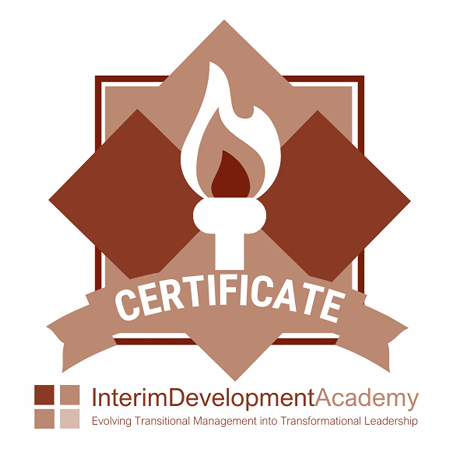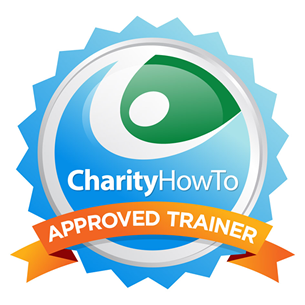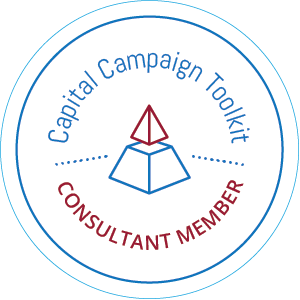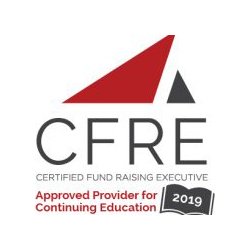This article originally appeared in Dennis Fischman’s blog, Communicate, on July 29, 2019
I’m certain that many of you reading this have experienced a change in leadership at your nonprofit organization at one time or another. Someone reached the age of retirement or resigned to care for a loved one, or accepted a new assignment elsewhere.
Whatever the reason, a new individual took on the leadership role. When this happens, it is important for the organization to be proactive about communicating this change in leadership to its key stakeholders, including donors and funders. Below are the steps that I recommend to ensure a smooth transition:
Step 1: Ensure that communication of both the resignation and the new appointment is made promptly to all necessary parties and through all relevant channels.
Given the current age of social media and information being shared in real-time, it is crucial that an immediate, proactive response be implemented. This communication should occur after a Board meeting approving the resignation and endorsing the replacement.
The form of communication would depend on the audience and also the forum. In some cases, an email would suffice, while in other cases a personal phone call or visit would be necessary. And, in still others, the format is dependent upon how the notice is being relayed. A verbal announcement or a printed, distributed copy of a notice, such as a newsletter, might be the method. Other phases of communication will also need to follow later, but it is crucial to inform relevant members of the news in a timely manner before they hear it elsewhere.
So, who are the necessary parties for this initial phase of communication and the appropriate forums?
- Staff: Notify all staff via email or in-person meeting.
- Administrators: In-person, one-by-one, if possible. A personal phone call, only if an in-person visit is not doable, such as due to geographic constraints.
- Other Directors
- Database List (if this exists): Notify all constituents in the database via email distribution. Segment out donors at different tiers for more personal communication, based on best business practices, as follows:
- Major Donors and VIPs: In-person visit or phone call, with a follow-up email.
- Mid-level Donors/Other Important Constituents: Personal mailed letter signed by resigning leader to be sent to donors and other special contacts.
- All Other Donors and Constituents: Email “blast”.
- Social Media: All social media posts (e.g., Facebook, Twitter, LinkedIn, etc.) should be made directly after important individuals are notified. Internal personnel and major donors should have received the update, call, or visit before a message is posted. But, it is important to address social media quickly afterward as word will spread swiftly.
- Web Posting
- Newsletter
- Press Release
- Volunteers: A tiered strategy should be approached, depending on the level of volunteer engagement.
- Primary Volunteers: Personal phone call or in-person visit.
- General Volunteer Level: Posted notice on premises and mailed letter.
- Event Commitments: For events already booked, reach out personally via the appropriately deemed means of communication to confirm who will attend the event (I.e., the resigning or the new leader.) It is best to be proactive about these potential calendar changes as questions will arise once the announcement has been made.
Step 2: Craft and approve the appropriate messaging for the above communications.
Determine the most appropriate individual for the communication to come from. The person transitioning out may make the most sense for donors, but this can also depend on timing. The Board Chair can also send out communications, if appropriate. Although, sometimes that might not work if it has not been an amicable split. An interim Executive Director or someone else in a role crucial to the transition might also make sense.
Some considerations to include for the creation of the messaging and the process include:
- Develop talking points to provide to staff for communications with visitors and callers to ensure message consistency.
- Provide staff with distributed communications, such as the press release, and advise them to also refer constituents to the website, newsletter, or other relevant materials with information about the announcement.
- Create a Frequently Asked Questions (FAQs) document for all staff to use for reference.
- Create a “Who to Call” list as a staff tool to determine where to connect certain calls. For example, media calls might be directed to an interim director whereas donor calls may be to a development person.
- Major Donors and VIPs: It is very important that these individuals receive the news personally and not through the press or rumors. As noted above, a direct phone call should occur, with a follow-up email. But, for those situations where an individual cannot be reached by telephone, a voicemail should be recorded letting them know there is an announcement and that an email will follow.
- Social Media and Web Posting: Social media and web postings should include comments about the new appointment, including pictures and a press release.
Step 3: While the initial communications are being designed and sent out, a timeline calendar should be established for the remaining transition process.
The following rough outline is recommended:
- Phase I Communications: Immediately in process, within the same month of decision, with some being more urgent than others. For example, staff, administrators, major donors, and social media must be acted upon immediately. (What we’ve been talking about so far!)
- Phase II Communications: Minimum of 30 days following the initial announcement.
- Phase III Communications: Day 1 of the new appointment, and throughout the following few months.
Step 4: Phase II Communications.
The initial round of communications announced the change in leadership. Next, before the change in position occurs, a more formal acknowledgment should be made thanking the resigning leader for their service. Again, as noted above, consider who is best suited to communicate (e.g., Board Chair, Interim Executive Director, etc.).
The messaging should contain the following:
- Include the details of the Board meeting date and the decision agreeing with the change in leadership.
- Note when the leader will resign and confirm Board approval.
- Thank the resigning leader for their service.
- Outline the accomplishments of the leader during their tenure. List specific achievements during the term of administration.
- Include a quote by the outgoing leader to the constituents.
- Farewell events will also need to be in the planning stages by this phase and communicated to relevant attendees.
Step 5: The last round of communication (Phase III) should welcome the successor.
The announcement should reiterate the change in leadership, yet again, as well as thank the former leader. The messaging should then focus on the new leader.
- Outline the credentials of the incoming leader and include a bio, photo, and social media links.
- Highlight relevant experience of the successor.
- Include a quote from another leader in the diocese or administration about the outgoing leader and/or the arriving leader.
- Layout the transition plan to demonstrate how the outgoing and incoming leaders will coordinate to ensure a smooth transition. Include the timing and dates of when the succession of events and leadership change will occur.
- Use the opportunity to reiterate the mission and vision.
- Include contact information for questions, such as telephone number, website, and/or email address.
Don’t miss the opportunity to get ahead of the news. A change in leadership can cause unrest amongst the organization and its constituents. Being proactive about the process can eliminate unnecessary issues stemming from the shift, and result in an easier, more efficient changeover.
For a free, 30-minute consultation, or to learn more about our “Survive and Thrive” professional coaching services, visit us here at www.hireacfre.com or book your fundraising coaching session at http://calendly.com/developmentconsultingsolutions/30min.
Join my new nonprofit “tribe” who are surviving and thriving! Click HERE to join my private Facebook group: Nonprofit Survive and Thrive Mastermind and receive support and inspiration to drive your results.











Leave a Reply
Want to join the discussion?Feel free to contribute!